And here we are again! Our third visit to Berlin and our third tour with Context Travel in Berlin! Today we’ll tell you about West Berlin, another awesome experience after our Walking the Wall and Divided City tours. A journey across a section of the city that’s been in the spotlight for forty years – but what about now?

There’s something about West Berlin. The city of ‘Westberlin‘ was one of the protagonists of the twentieth century – but now it no longer exists. Yet, somehow, in those streets between Bahnhof Zoo and the Ku’Damm, the KaDeWe and the Kaiser Wilhelm Memorial Church something survives of the times of West Berlin. Something intangible – the spirit of that time, as if the area was stuck in a bubble that didn’t quite burst.
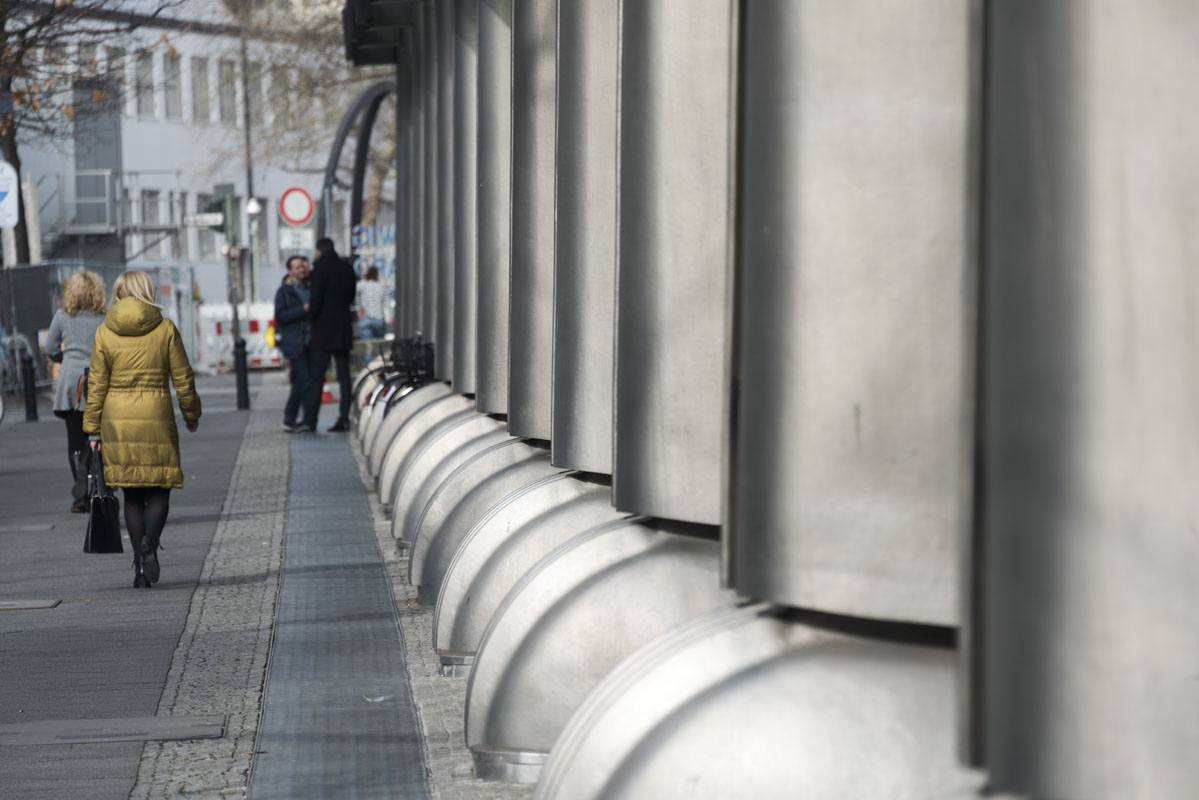
‘Berlin is a Quilt’
‘Berlin is a quilt’. That’s how our guide Heri introduced the city, on a warm spring morning just off the S-Bahn stop of Bahnhof Zoo. Most cities develop in concentric circles, starting with the historic nucleus, and expanding outwards, following the circles of defensive walls built further and further away, as the city grows. But Berlin is different. There’s no medieval centre, no ‘narrow cobblestone streets’ like in much of the rest of Europe.
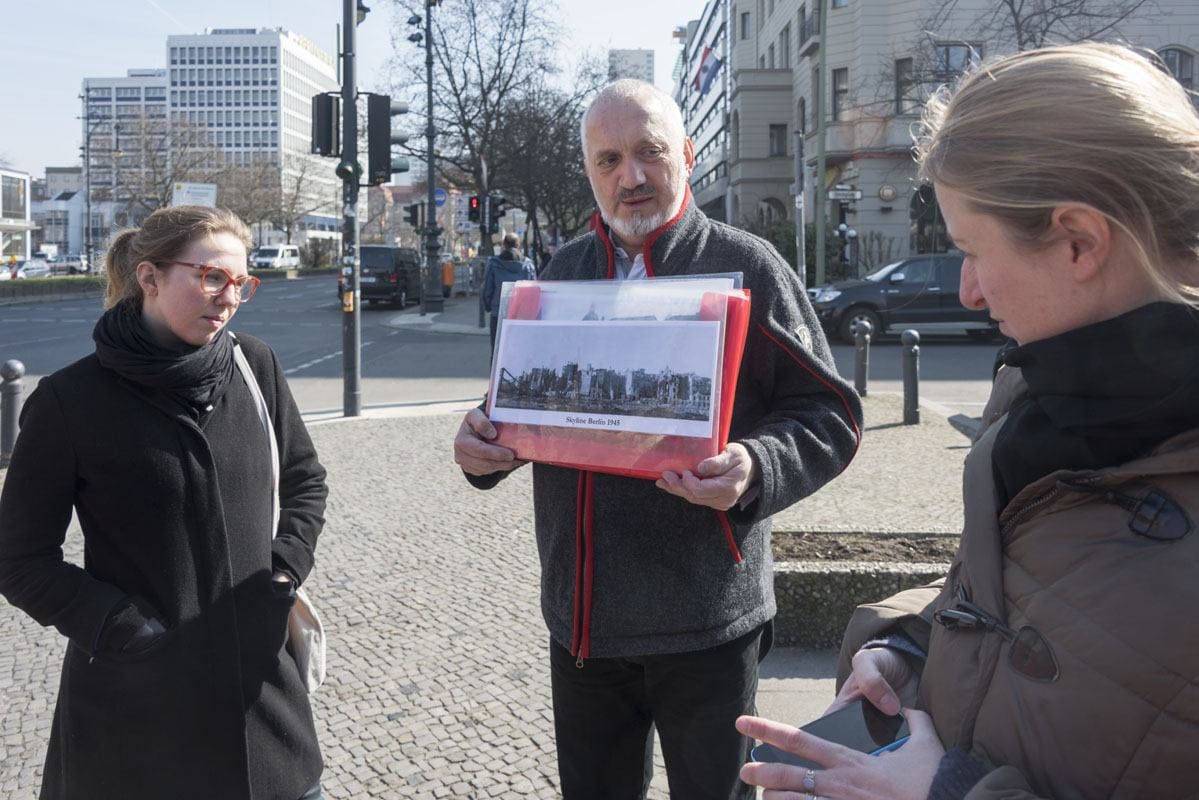
Berlin is a quilt, it’s a city made up of lots of different villages. Before 1920, Berlin was a fraction of the size it is nowadays – the ‘Alt-Berlin’ nucleus was made up of Mitte, Tiergarten, Wedding, Prenzlauer Berg, Friedrichshein and Kreuzberg. The Greater Berlin Act signed in 1920 annexed 7 towns that surrounded Berlin, 59 rural communities and 27 districts.
‘That’s why people will usually identify with the neighbourhood they live in‘ continued Heri. ‘They’ll often tell you ‘I’m from Charlottenburg, I’m from Neukolln, I’m from Copenick’, rather than saying I’m from Berlin. That is true for old Berliners, at least’, he explained.
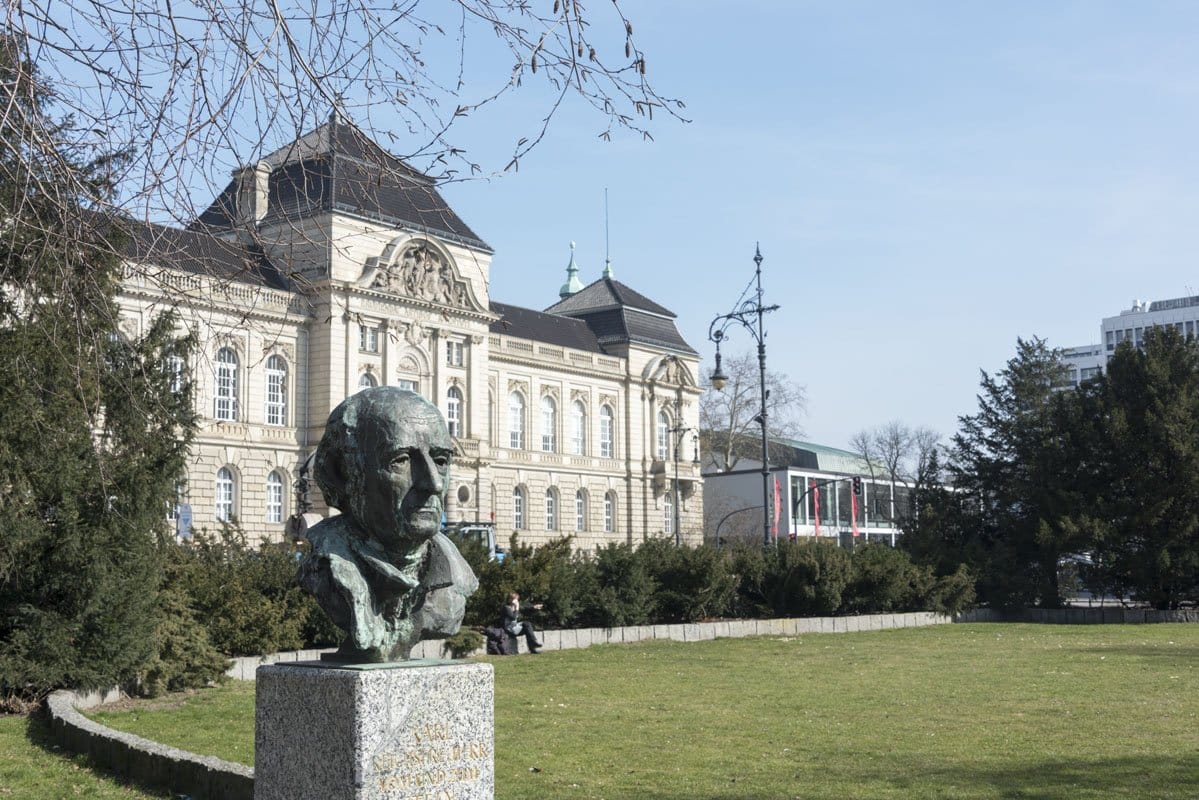
And what about you, we asked. ‘I’m a West Berliner’ Heri replied, with an American accent that betrayed his West Berlin upbringing, including a ‘Cultural Exchange’ in the US.
Quick History of Berlin
The plan for the day was a walk around West Berlin, the area that JFK defined as ‘more than a showcase of liberty, a symbol, an island of freedom in a Communist sea.’
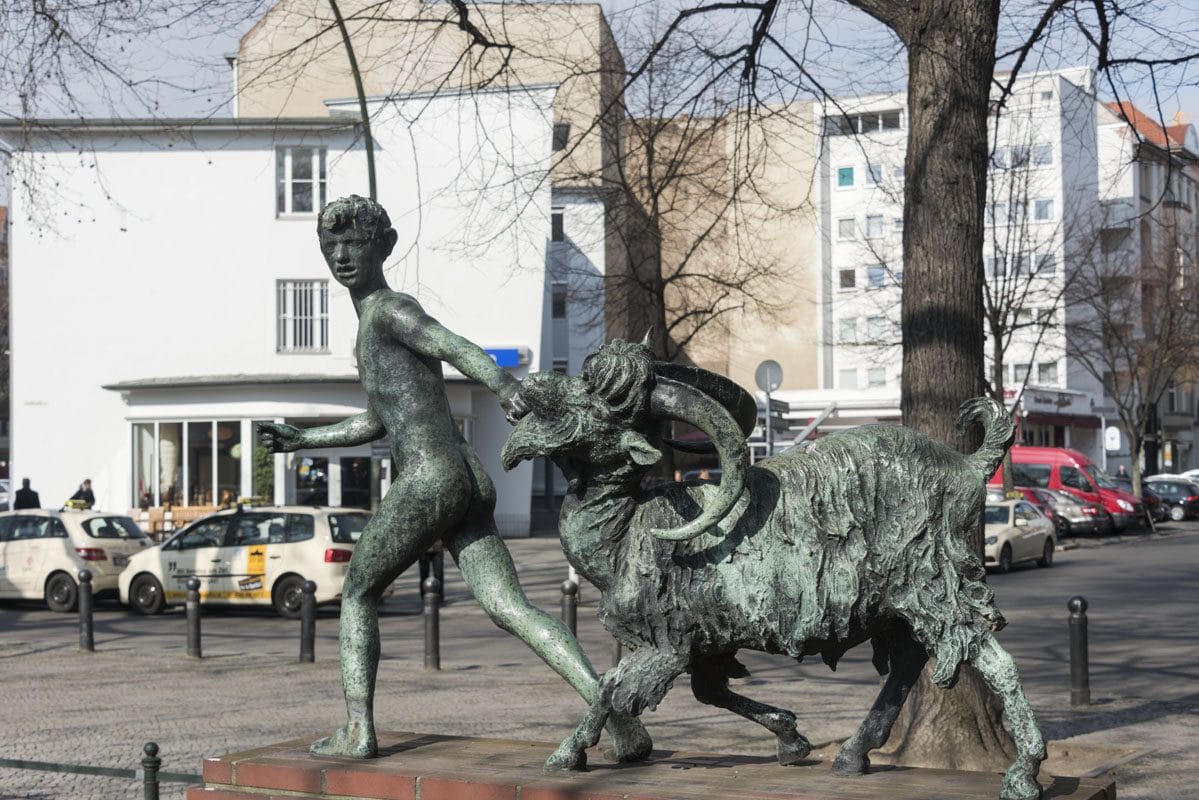
Berlin is a young city, Heri explained. It lacks the history of most European cities – a thousand years ago Paris, Rome and London were already thriving metropolises, but Berlin was just a swamp. The word Berlin doesn’t come from any mythological bear, but from the Slavic word for swamp, Berl-i-birl.
Even though it’s a young city, Berlin was in the spotlight even before the Greater Berlin Act increased its size by about ten times. In 1890, young artists and literati started moving to Charlottenburg and Wilmersdorf, part of what then became West Berlin. The area quickly became cosmopolitan, rivalling Paris for diversity and artistic freedom. This is where German Expressionism was born, an artistic current that influenced cinema, painting, architecture, dance and sculpture.
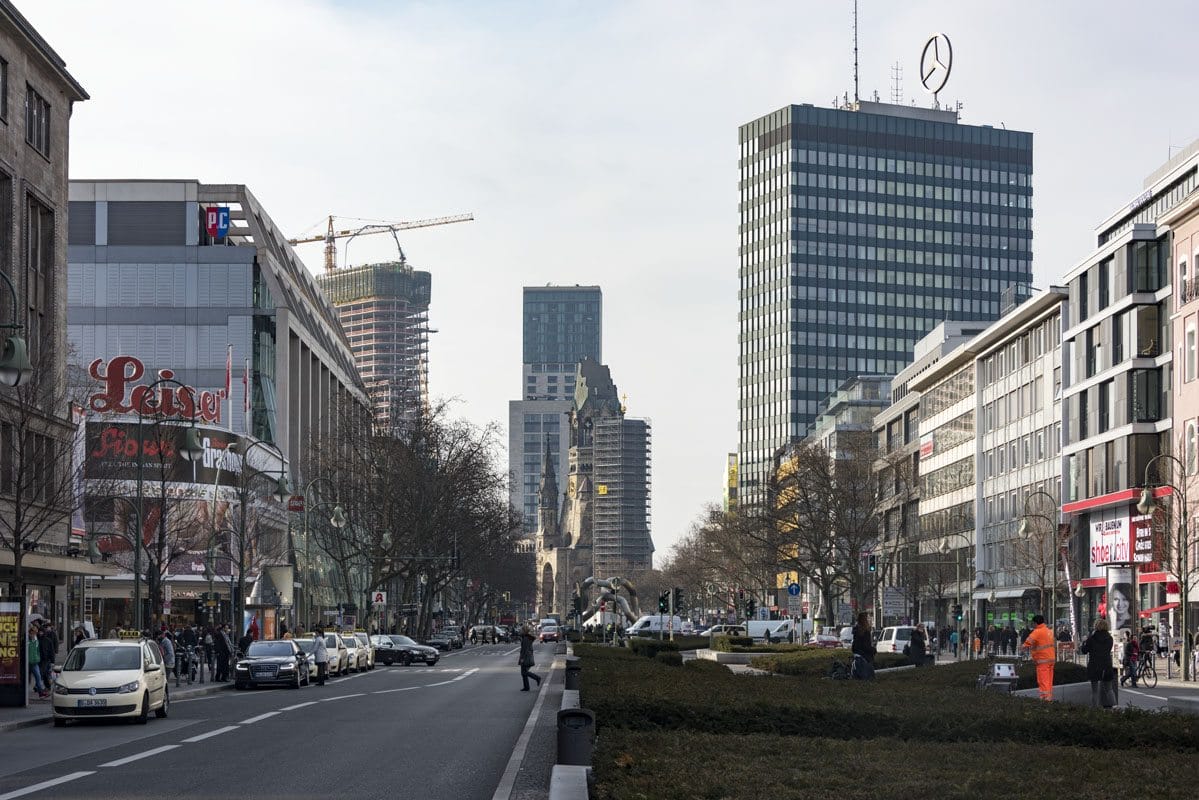
Walking around Savignyplatz, Heri showed us that this literary flair is still alive and kicking in West Berlin. The streets were chockablock with bookstores – most of them indie and family run. The kind of bookstores that is disappearing elsewhere in the world, seems to survive in this corner of the German capital.
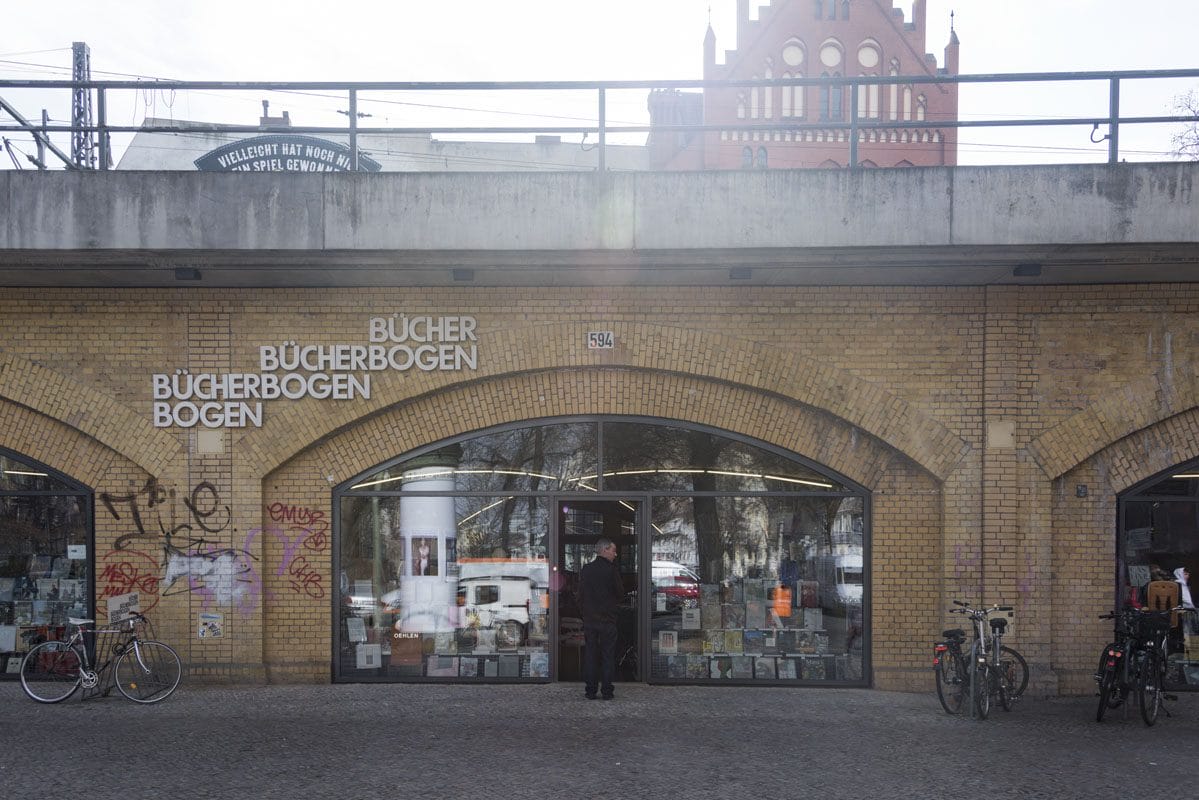
In the Twenties, Berlin had its heyday. While the rest of Germany was struggling with the hardship of Weimar times and the Deutschmark was going the same way as the Zimbabwean dollar nowadays, Berlin was alive and kicking. These were the times of Albert Einstein’s Nobel Prize, of Marlene Dietrich’s movies, of Bauhaus architecture.
And much of the innovation, once again, came from the western side of the city.
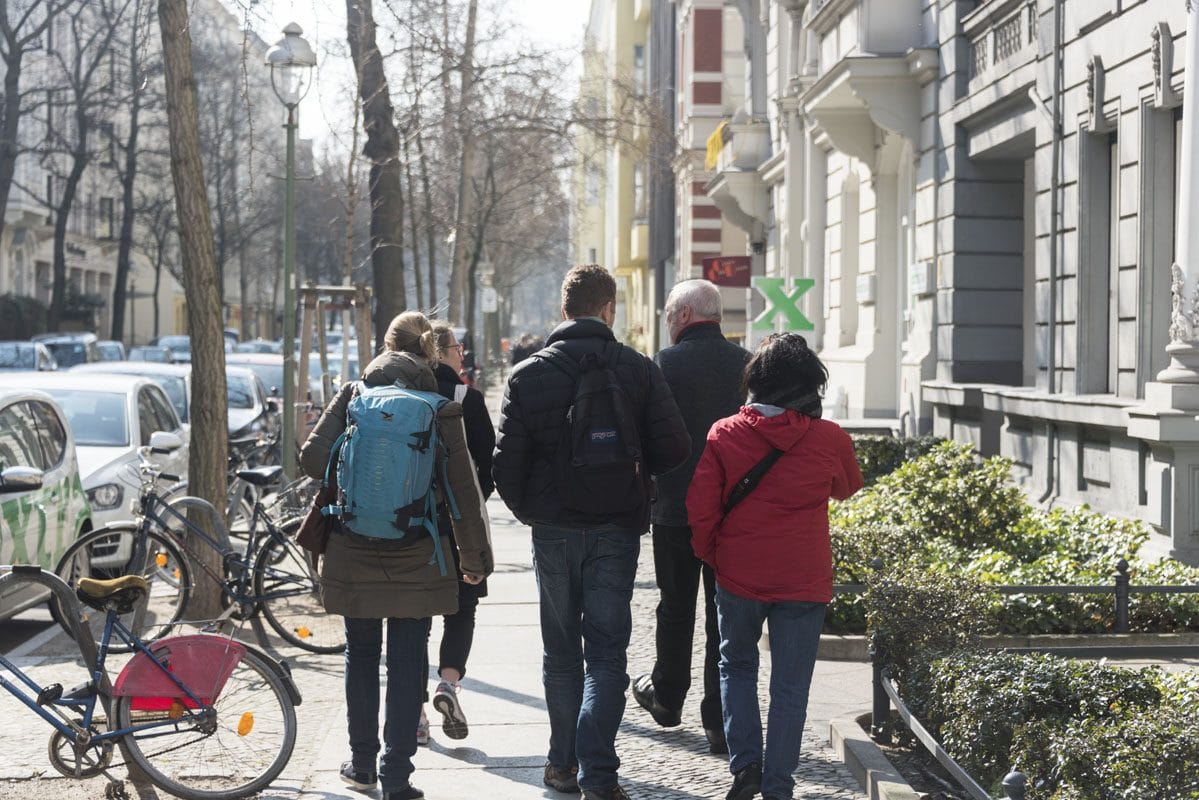
‘Think about it’ Heri explained ‘in most European cities, the wealthiest neighbourhoods are on the western side’. I thought about the West End in London, of Paris’s arrondissements and even of my very own Milan and realised Heri was right – Go West seems to be a motto for the wealthy. That is because of the sun, and because of the wind, that in Central Europe often blows west-east, covering the poorest neighbourhoods on the eastern side with leaves, dust and debris. I never thought about it that way.

Mascha Kaleko and the rise of the Nazi
With the rise of Hitler, much of West Berlin’s diversity came to an end. The persecution of Jews the hand of the Nazi meant that many Jewish intellectuals had to flee. One of them was the poetess Mascha Kaleko, who lived in Bleibtreustraße until 1938, when she was forced to emigrate to the US.
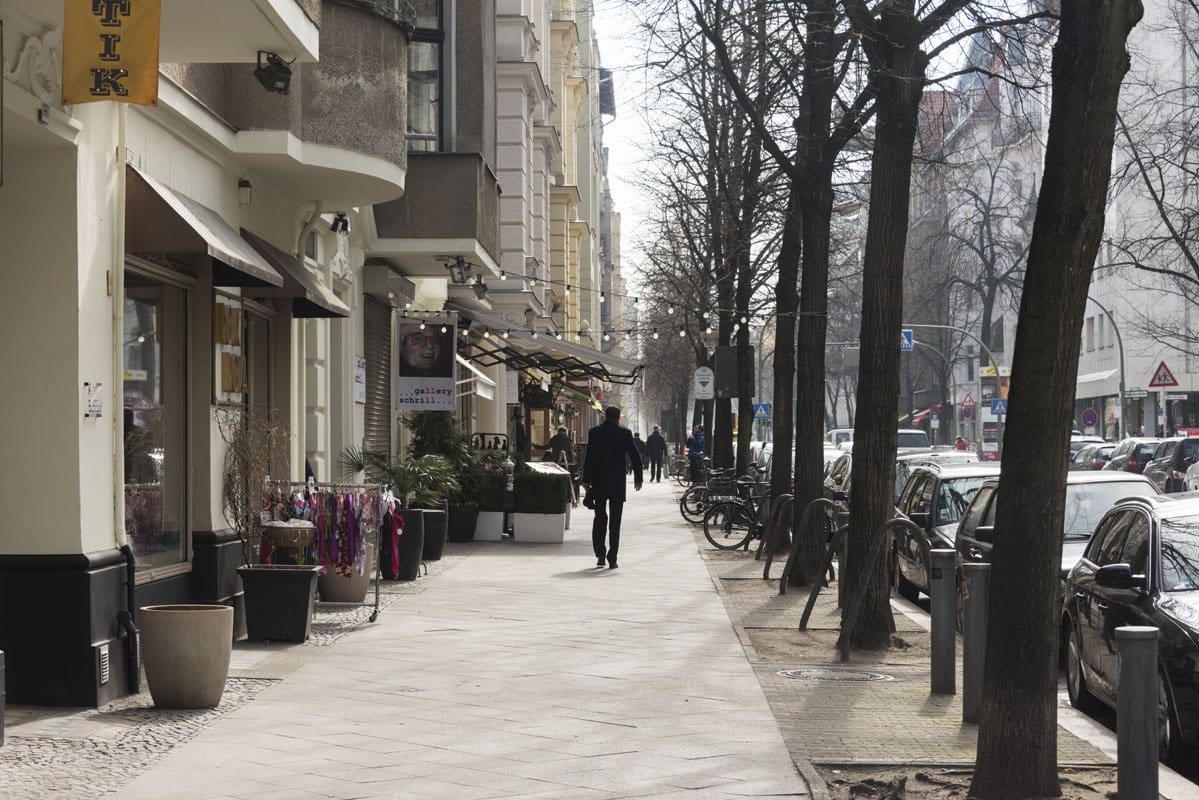
She is one of Heri’s favourite poets, and as we stopped in front of her former house, he recited to us one of her poems.
No matter where I travel,
I go to Nowhereland.
The suitcase full of longing,
Just knick-knacks in my hand.
As lonely as the desert wind.
As homeless as the sand.
No matter where I travel,
I come to Nowhereland.
The forests are all gone now,
Each home a firebrand.
Found no one left whom I know.
Not one knew me first-hand.
And when the alien bird cried out,
I ran, could not withstand.
No matter where I travel,
I come to Nowhereland.
(an extract taken from the book No matter where I travel, I go to Nowhereland. – The Poetry of Mascha Kaleko)
Mascha was never able to feel at home again – not in New York, not in Jerusalem. She died longing for Berlin, for her former home and her former neighbourhood.
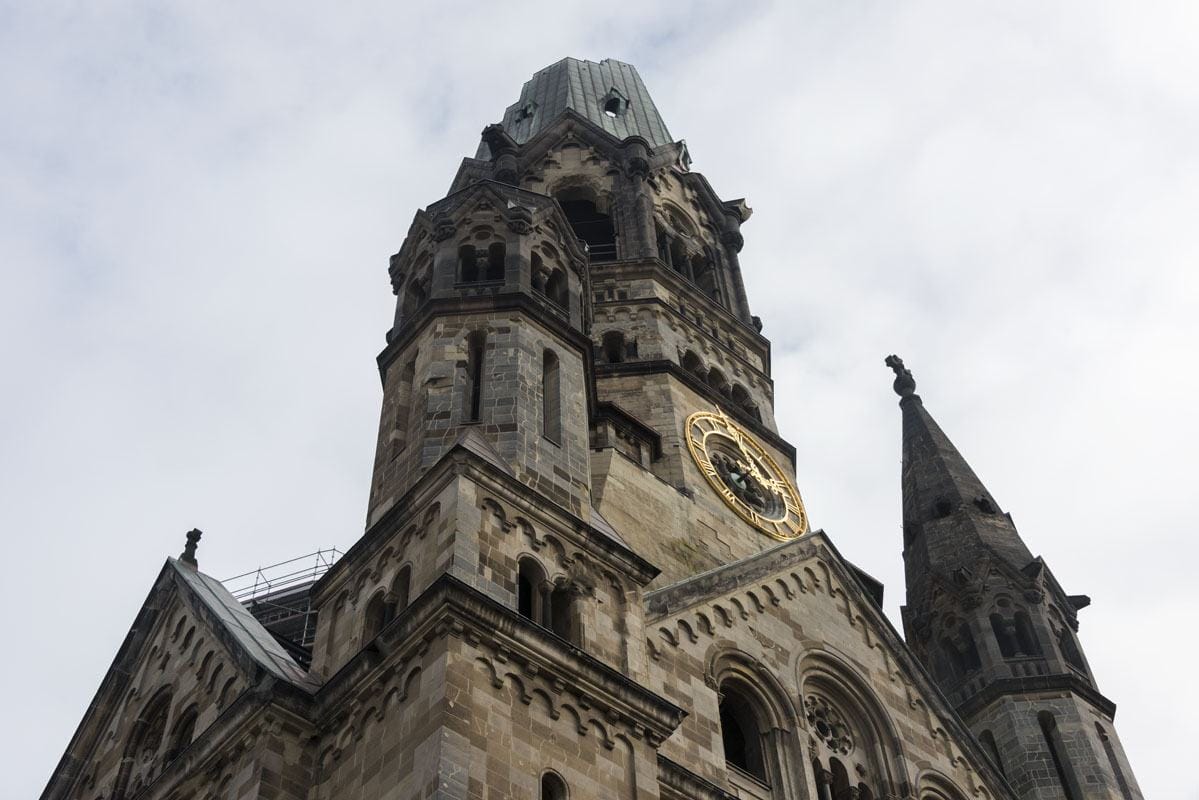
After the war up to 60 per cent of Berlin’s buildings were destroyed – and the rest lay in ruins. That was Berlin’s great fortune – added Heri – it’s a city that was able to reinvent itself twice, in post-war times and after the fall of the wall.
West Berlin behind the Wall
I will not cover at length the circumstances arising to the rise of the Berlin wall – I have already done so in my Walking the Berlin Wall post. I’ll just give you a very quick rundown of what happened after the end of WW2.
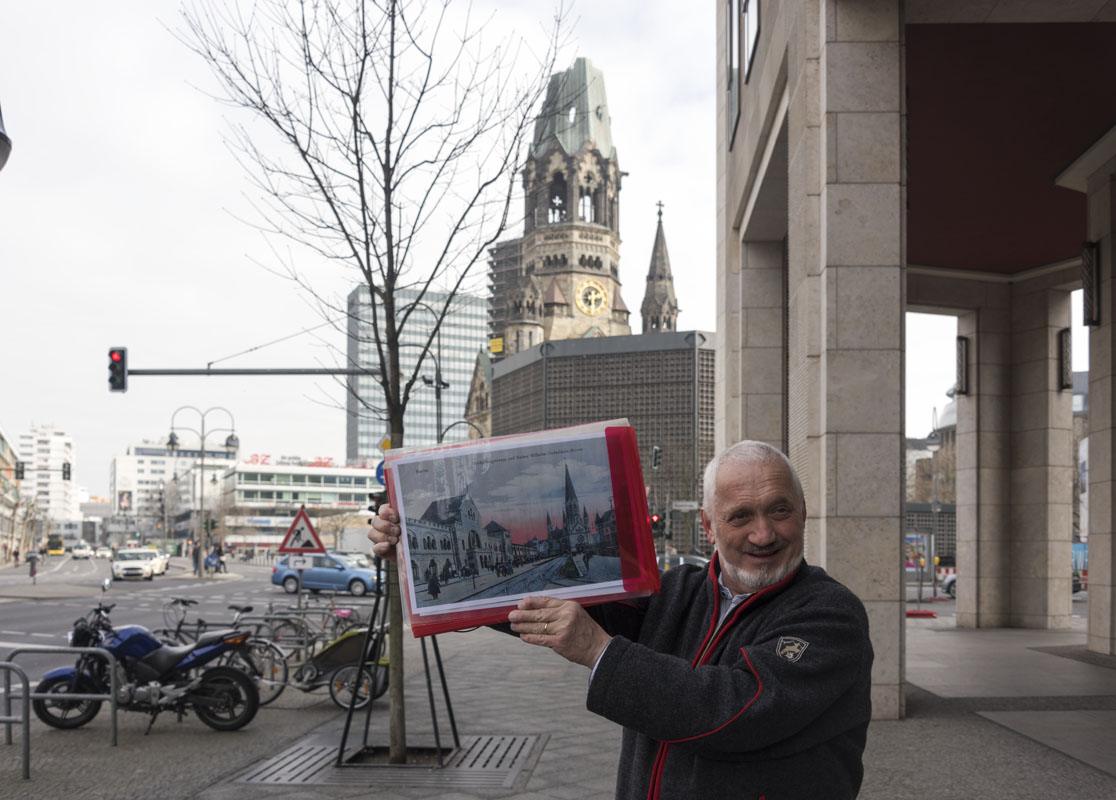
Germany and Berlin were divided in four parts among the winning Allies. The Soviets were the ones that liberated the city, and they paid the highest price in WW2 in terms of human loss, and therefore retained the largest section – including Mitte, the historic and institutional centre of Berlin. The wall came up in 1961, to prevent East German citizens to flee into Allied-occupied West Berlin, and from there into West Germany.
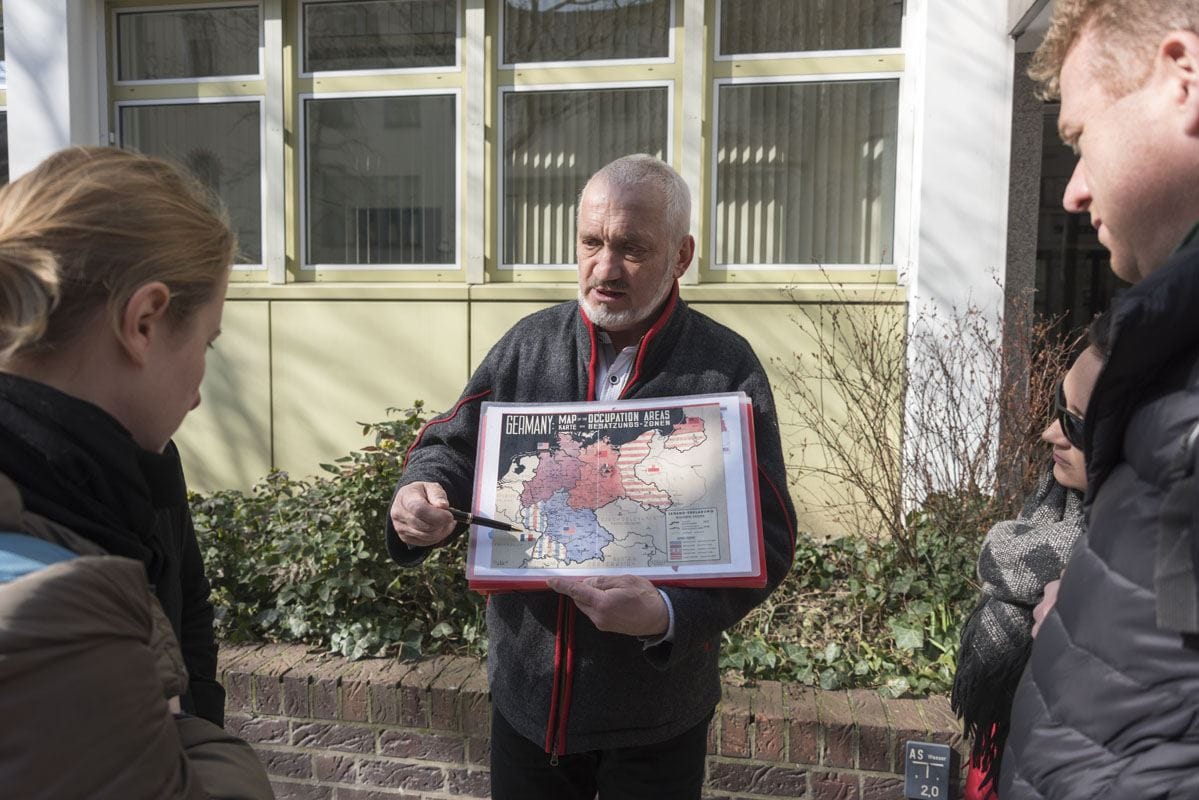
Heri was born shortly after the wall came up. in 1963, a few months before he was killed, JFK visited West Berlin and uttered the famous phrase ‘Ich bin ein Berliner’. At that time, West Berlin was the poster child of capitalism. Gleaming high-rises and sparkling shopping centres were built from post-war ruins.
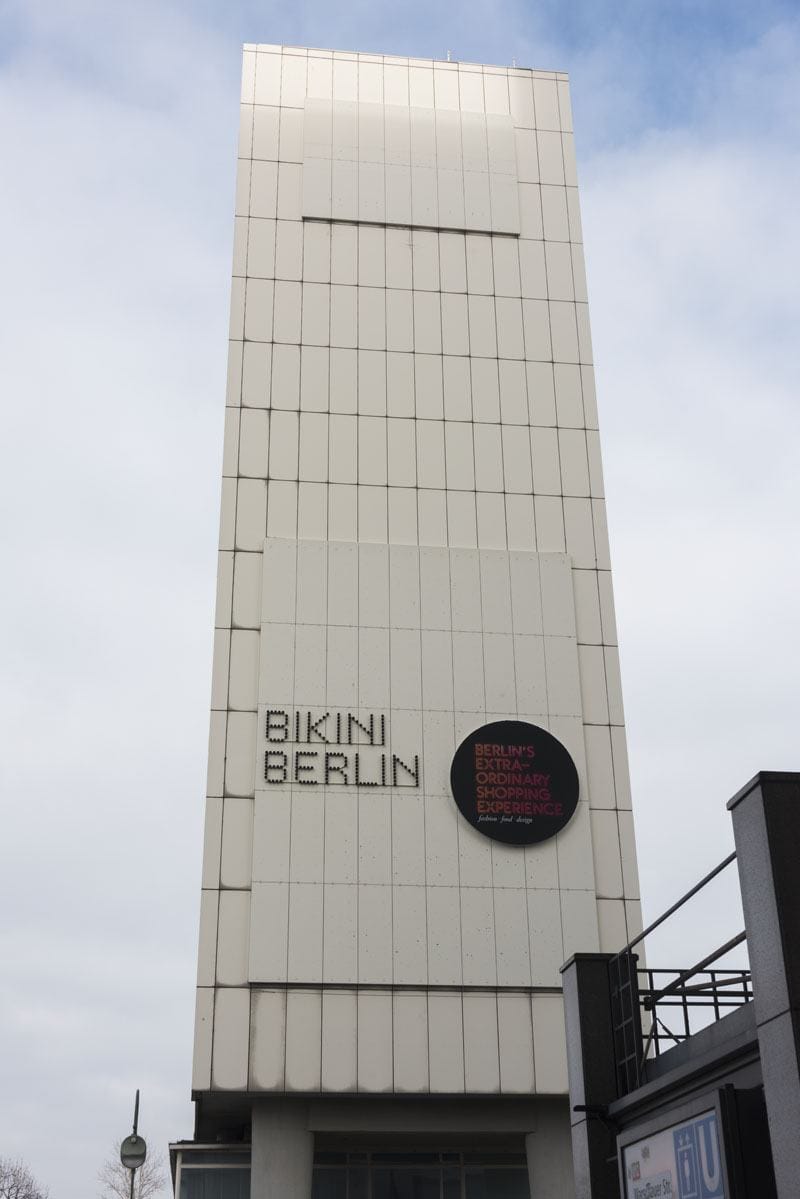
West German authorities aimed to show their Eastern cousins that capitalism was the way to go, and started pumping cash into the western half of the city. West Berliners earned more and had lower taxes than people in the rest of West Germany. The news showed a city of happy, wealthy, free people, driving their own cars and living in cutting-edge apartment blocks like the ones of Hansaviertel.
Meanwhile, East Berliners counted their savings to put down payments for a Trabant, and waited up to ten years to actually get one.
The one of the focal points of West Berlin was the Amerika Haus on Hardenburgstraße. Built to promote American culture and offer to young West Berliners the opportunities to study in the US, the Amerika Haus quickly became a symbol of American power and propaganda. It was at the Amerika Haus that West Berliners marched in 1968, to protest against the Vietnam War, and it was there that the whole city showed solidarity after the New York attacks on 9/11.

I asked Heri what America meant to West Berliners. It’s personal, he said. Some did believe in the capitalist dream – many started to believe it was an illusion during the days of the Vietnam war.
As we walked back towards Bahnhof Zoo, Heri explained that there was a dark side to West Berlin. Sure, it was the wealthiest place in West Germany, but it was also the centre of teenage drug use, as portrayed in the popular book and movie Christiane F.
Teenagers as young as 13 died of drug overdose in the hundreds during the Seventies and Eighties. Some took to the streets to feed their addiction – the lucky survivors probably still battle with the demons of their childhood.
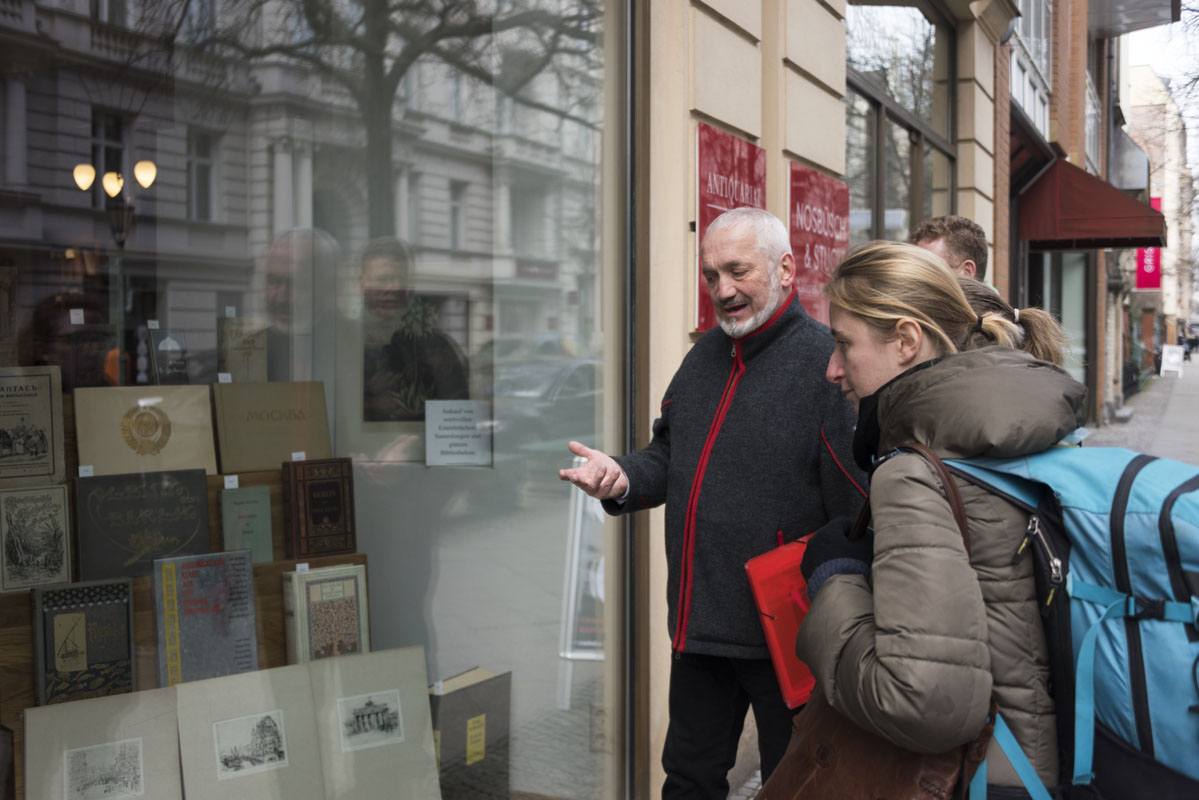
If you want to have an idea of what West Berlin was all about, ‘the bubble that didn’t quite burst’ that I was talking about before, head to the Kurfustendamm or Ku’Damm for short, the main drag of this part of Berlin. It is named after the Kurfusten, the prince electors of Brandenburg, as it was the road the princes took to reach the city.
During West Berlin times, the Kurfustendamm was the place to be. You would see women with coiffed hair and designer clothes, shopping at one of many luxury boutiques, while the roads were packed with cars and businesspeople hurried back and forth. The Bristol Hotel was the place to see and be seen.
The Ku’Damm is also one of the locations for the CSD, Berlin’s Gay Pride parade – to know more about LGBT hotspots in the city, check out Adam’s Queer Berlin Map!
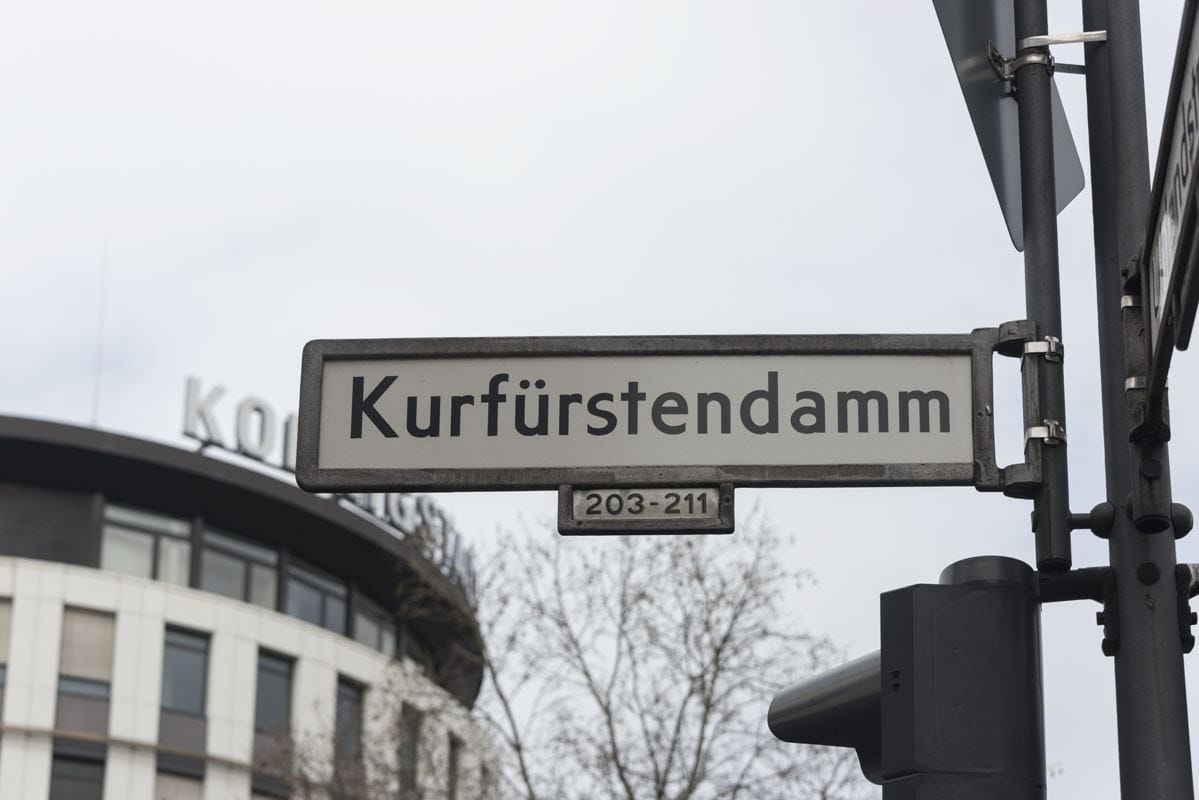
The roads either side of the Ku’Damm were home to the wealthiest of the wealthy. We walked through some ‘passages’ connecting internal courtyards. Shops were boarded up and the courtyards overgrown with weeds, but you could hear the clack of patent heel shoes, and almost smell the sickly-sweet scent of a 1980s perfume.

West Berlin after the Wall
What happened to West Berlin after the wall fell? Well, it was forgotten, Heri explained. The ‘Go West’ motto became ‘Go East’ and Berlin’s investors, creatives and their Deutschmarks moved to former East Berlin, to Mitte and Prenzlauer Berg.
Drawn to empty buildings and next-to-nothing rents, scores of young people settled in the streets of former East Berlin, or in the ‘nowhereland’ of the streets right next to the now-defunct walls. The West German government stopped pampering West Berliners, and moved its focus elsewhere.
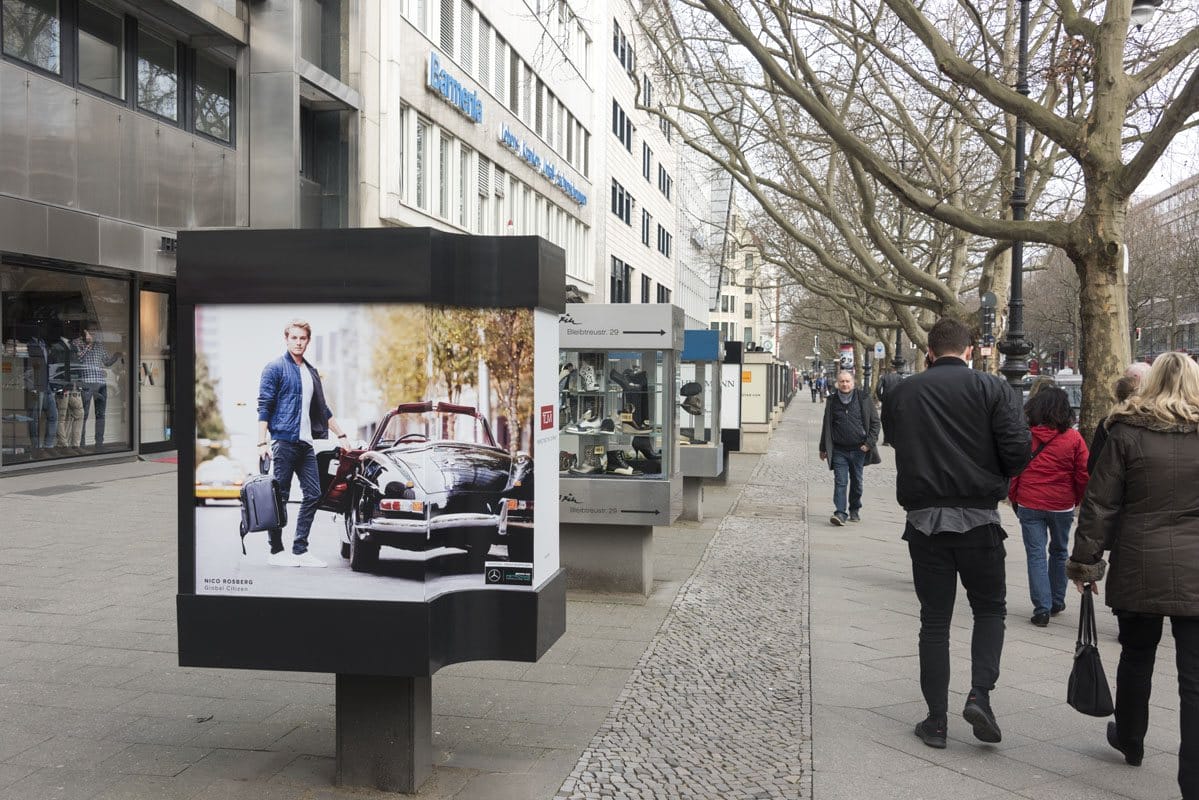
That’s why walking down the Ku’Damm feels like the Eighties never ended. Yes, the street still exudes wealth – but the gold has turned dusty, the silver hazy, and the display cases in front of fancy boutiques are often empty.
Yet, something recently has started to move in the ‘bubble’ of the former West Berlin. Bikini-Haus, an iconic West Berlin building, an example of cutting edge architecture when it was opened in the Fifities, has recently been restored and turned into a ‘hipster’ shopping centre after being empty for decades.
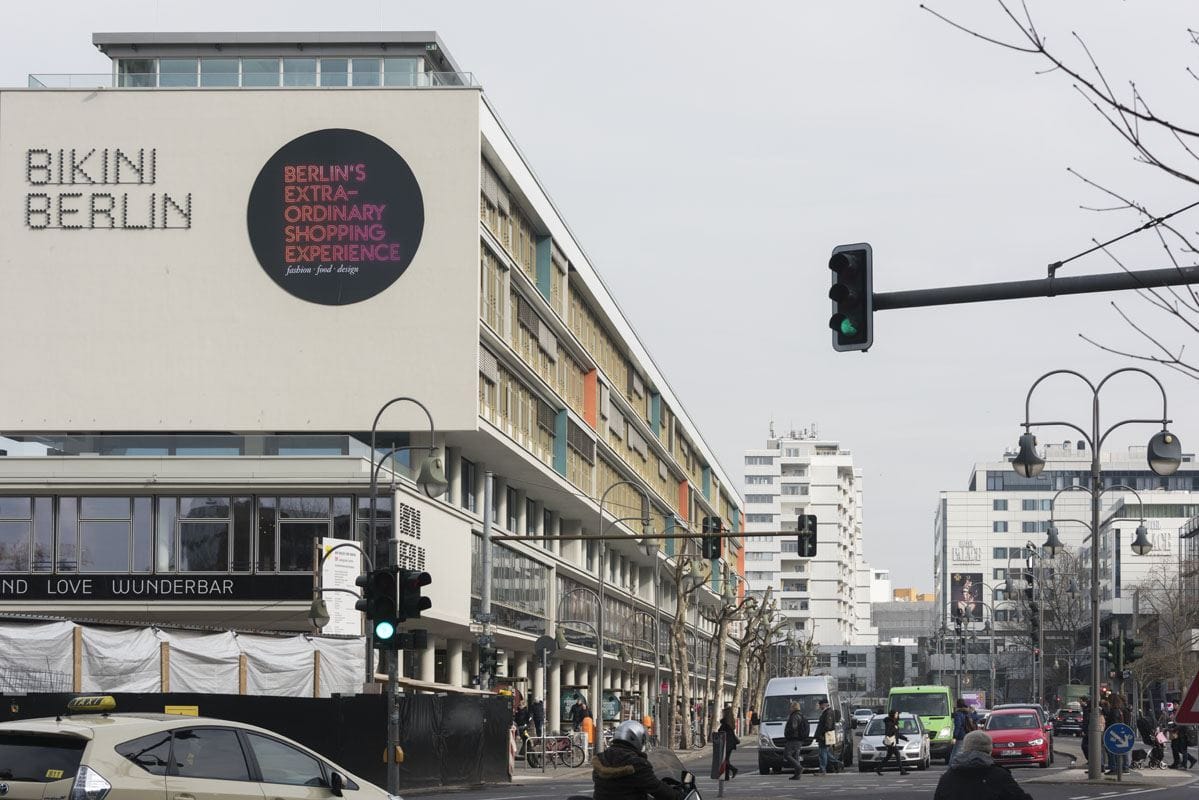
Sure, there’s still a lot to go before this area starts rivalling Mitte and Prenzlauer Berg in terms of cool – but perhaps the bubble has started to burst.
Whether this is a good or a bad thing, only time will tell.
If
We were guests of Context Travel during this tour. All opinions are our own – we loved the tour and highly recommend it.
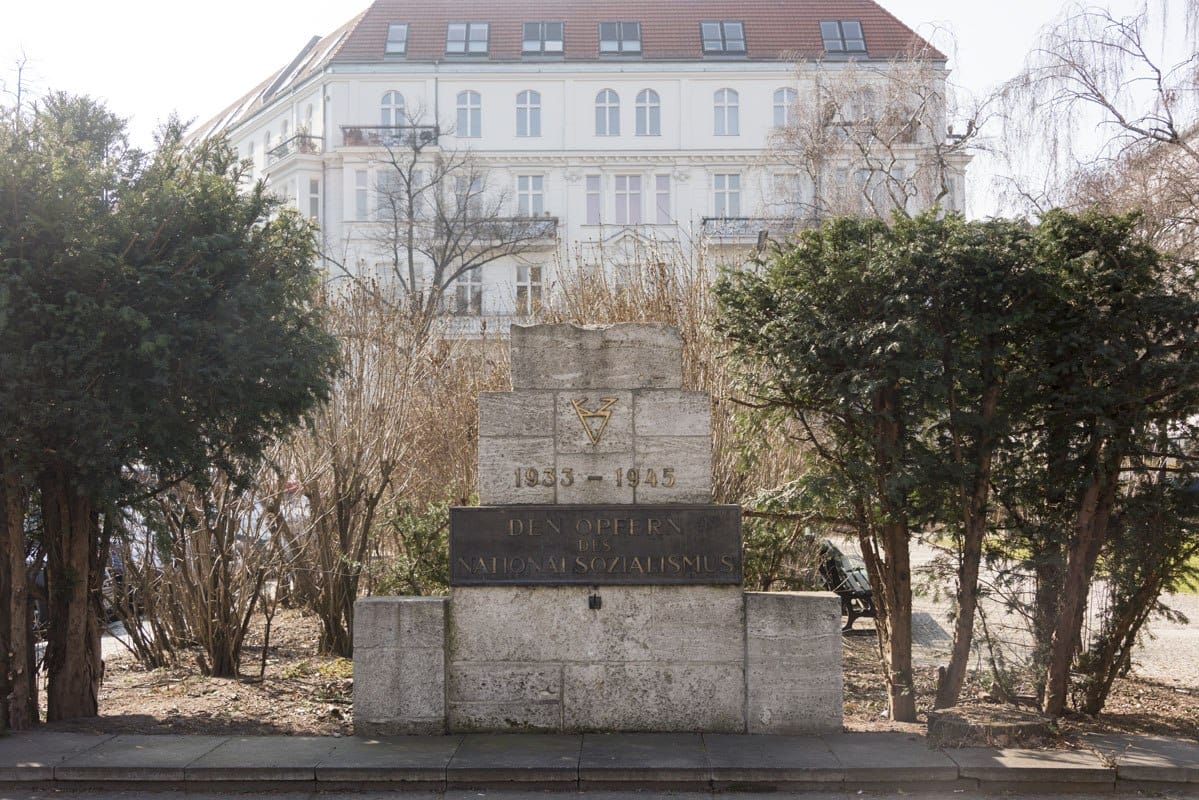
Pin it for later?
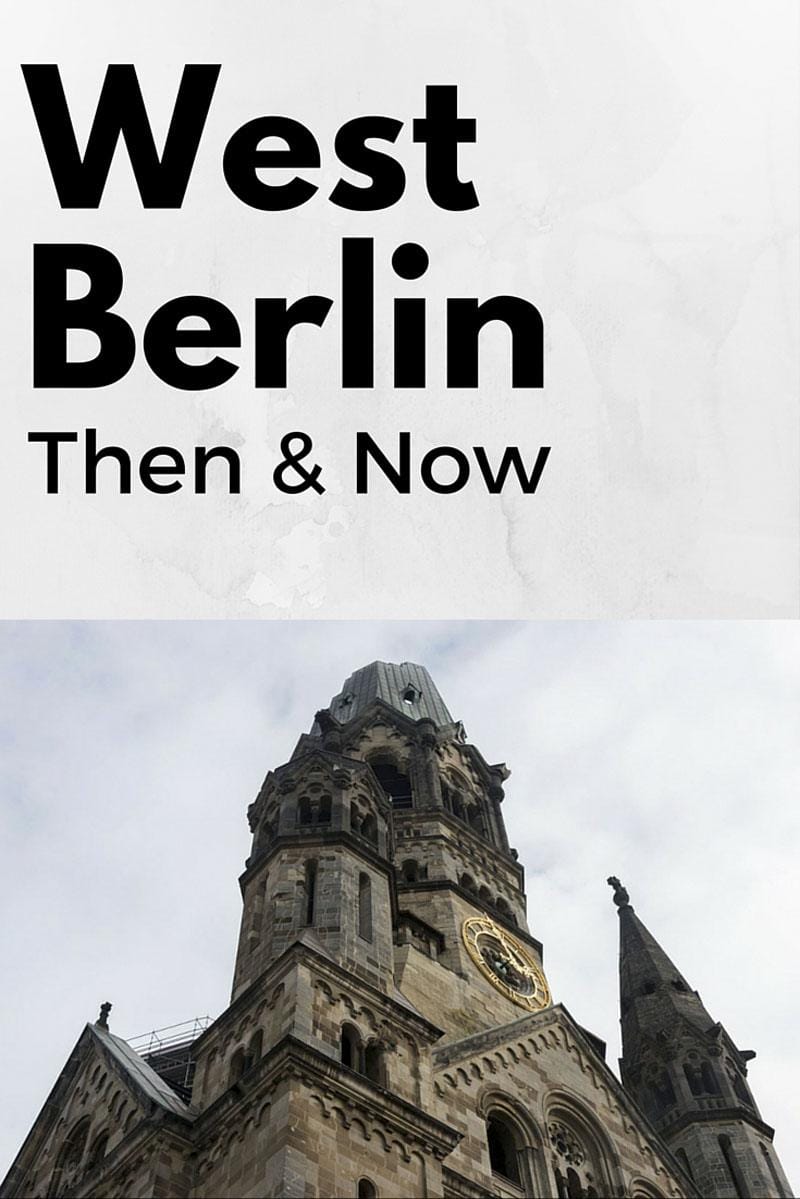

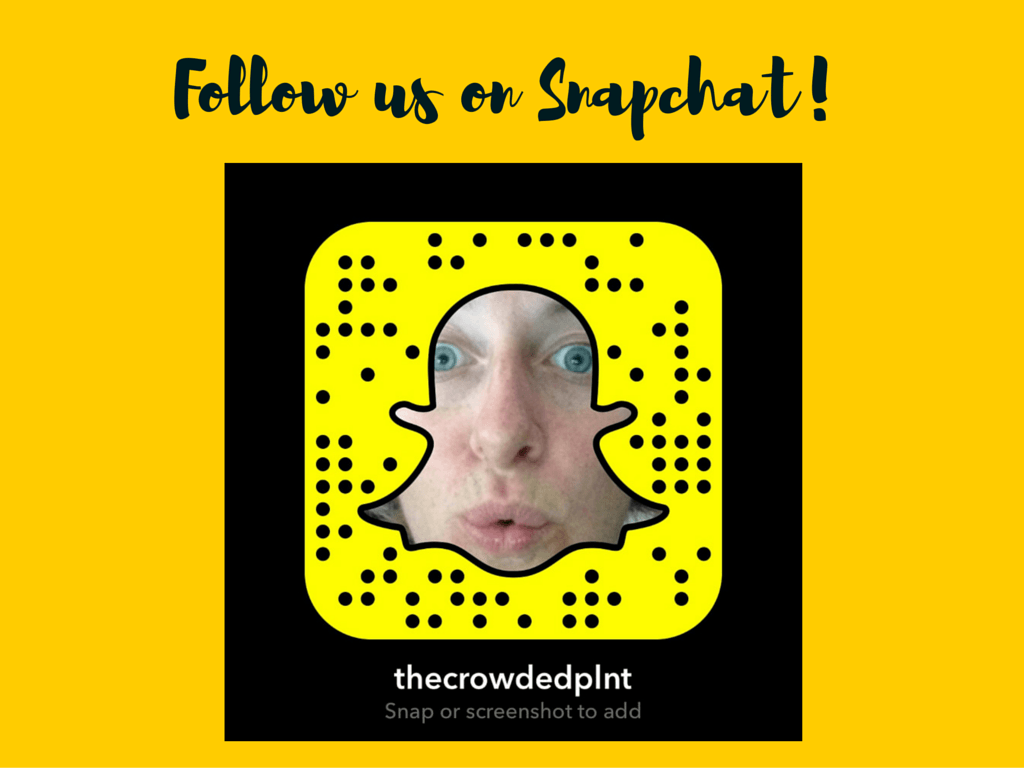

A nice tour — I stayed just off the Ku’damm on a couple brief visits. I’d like to make time for a similar tour the next time I pass through.
You won’t regret it Bob! The tour was awesome.